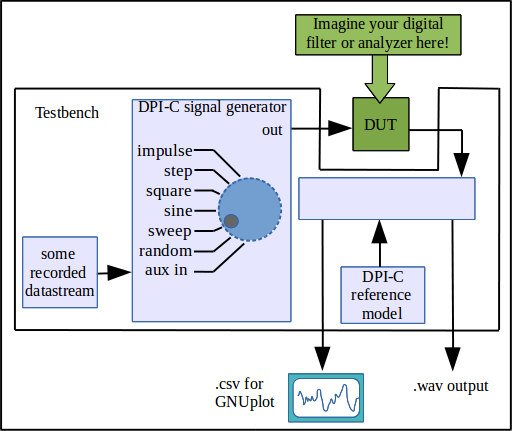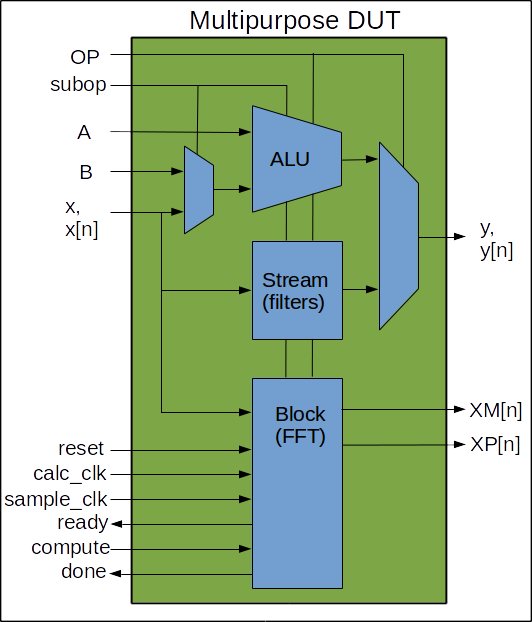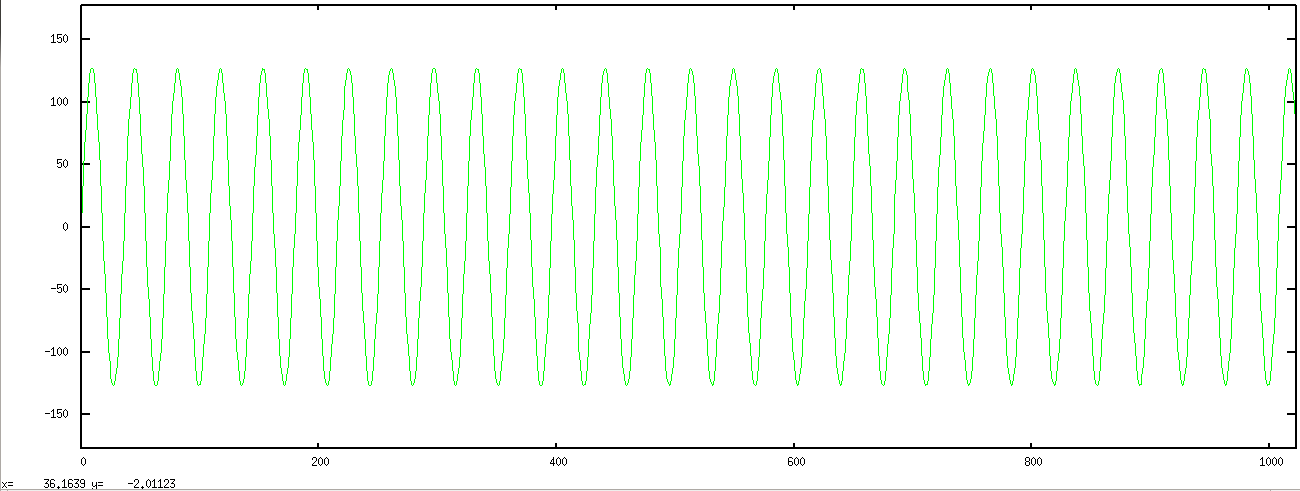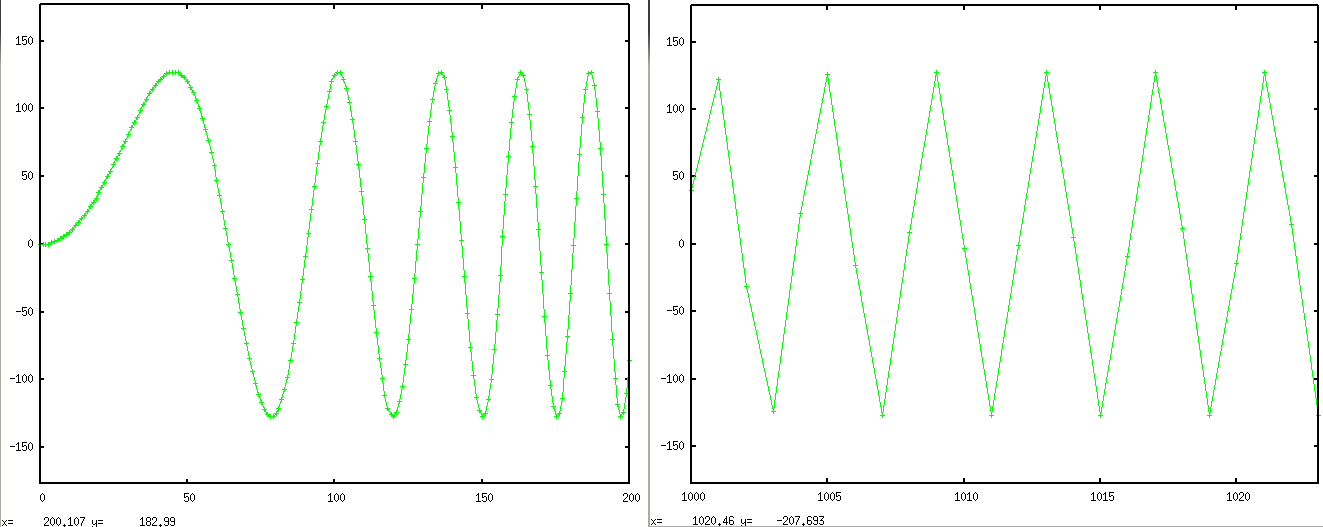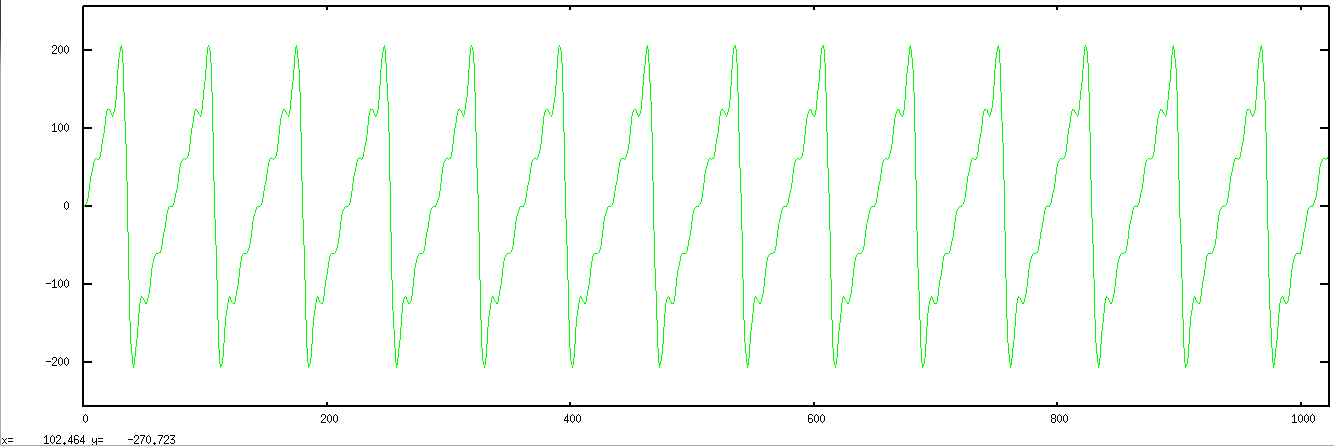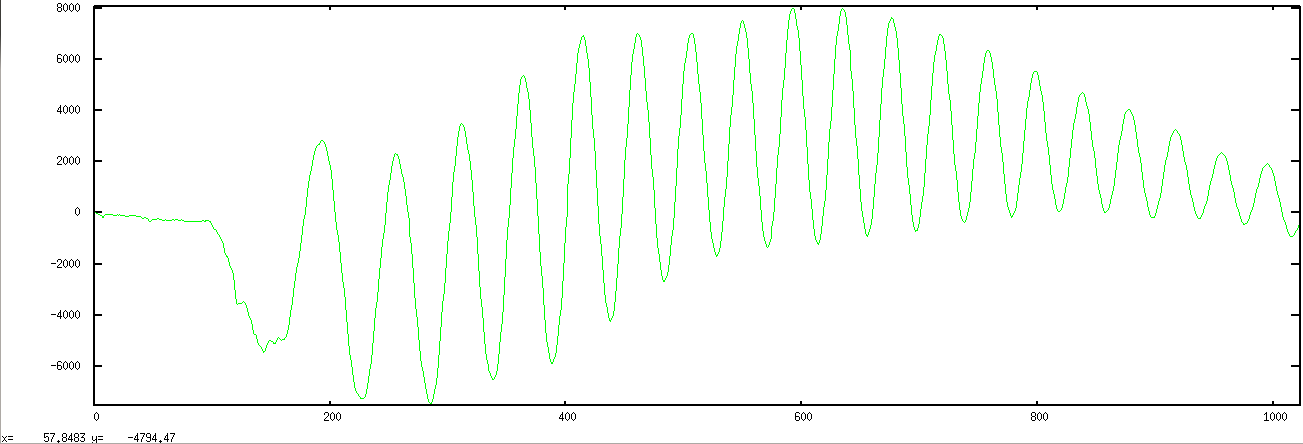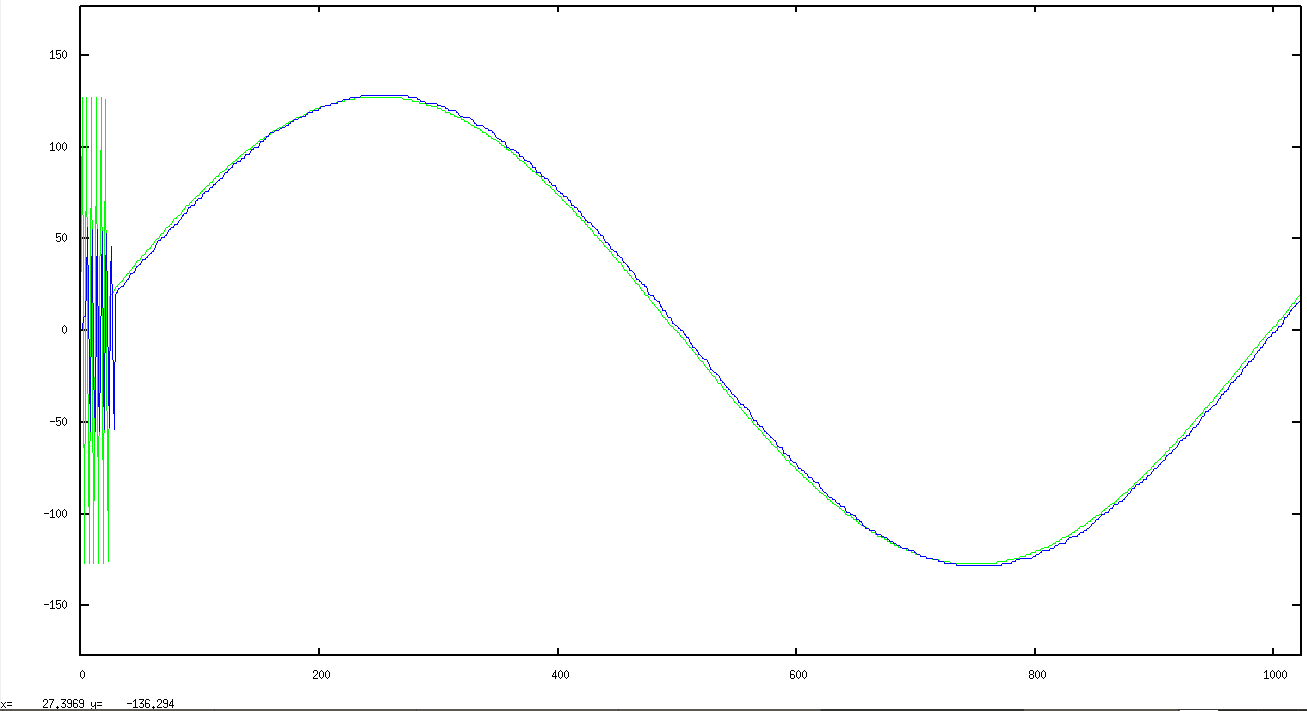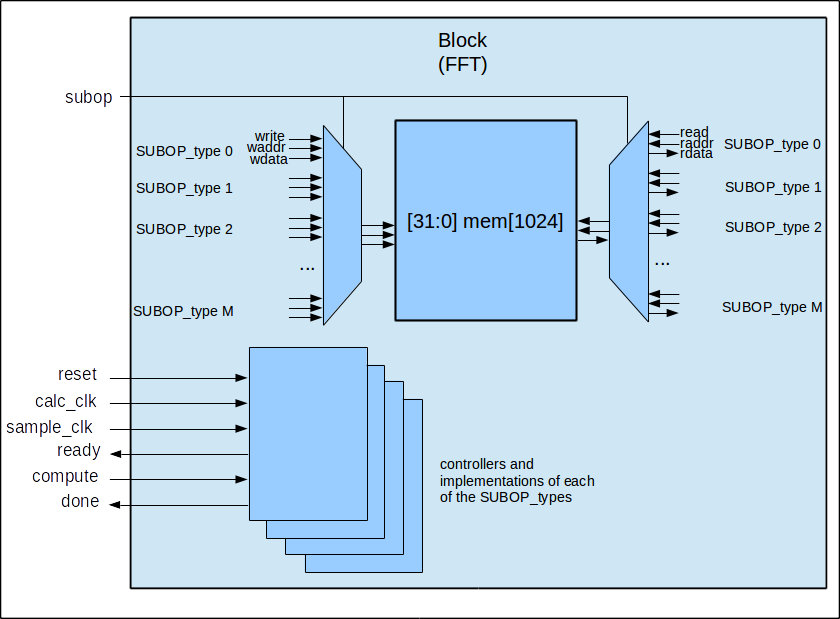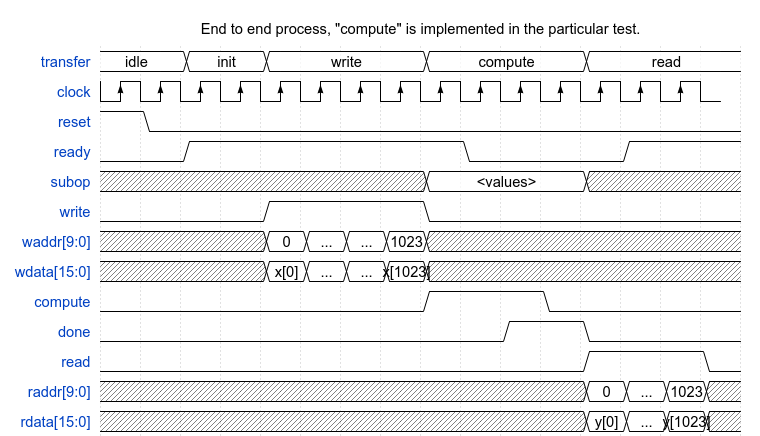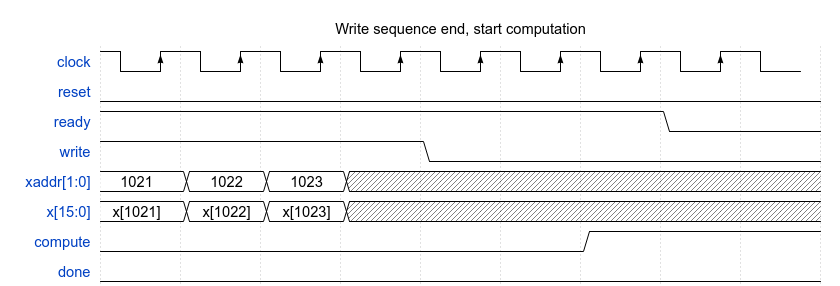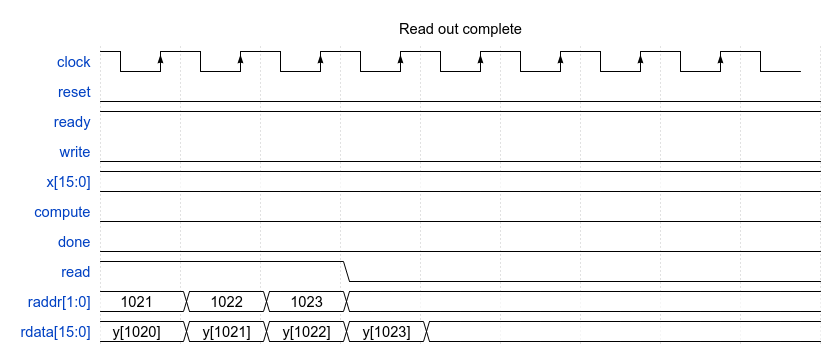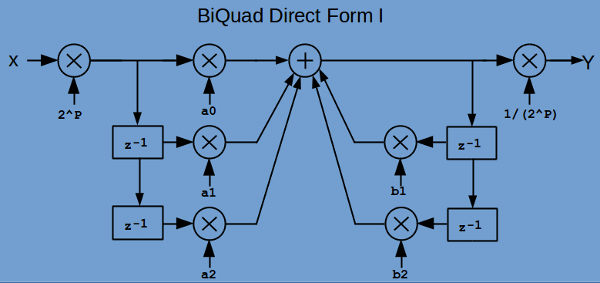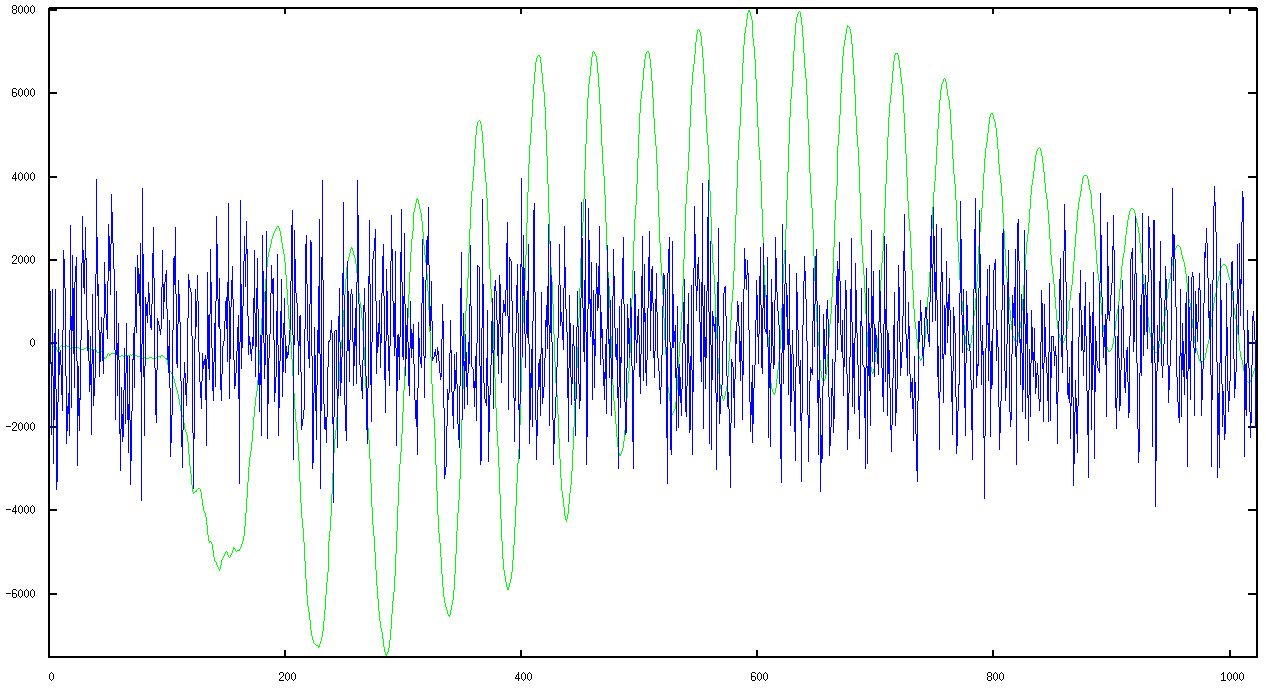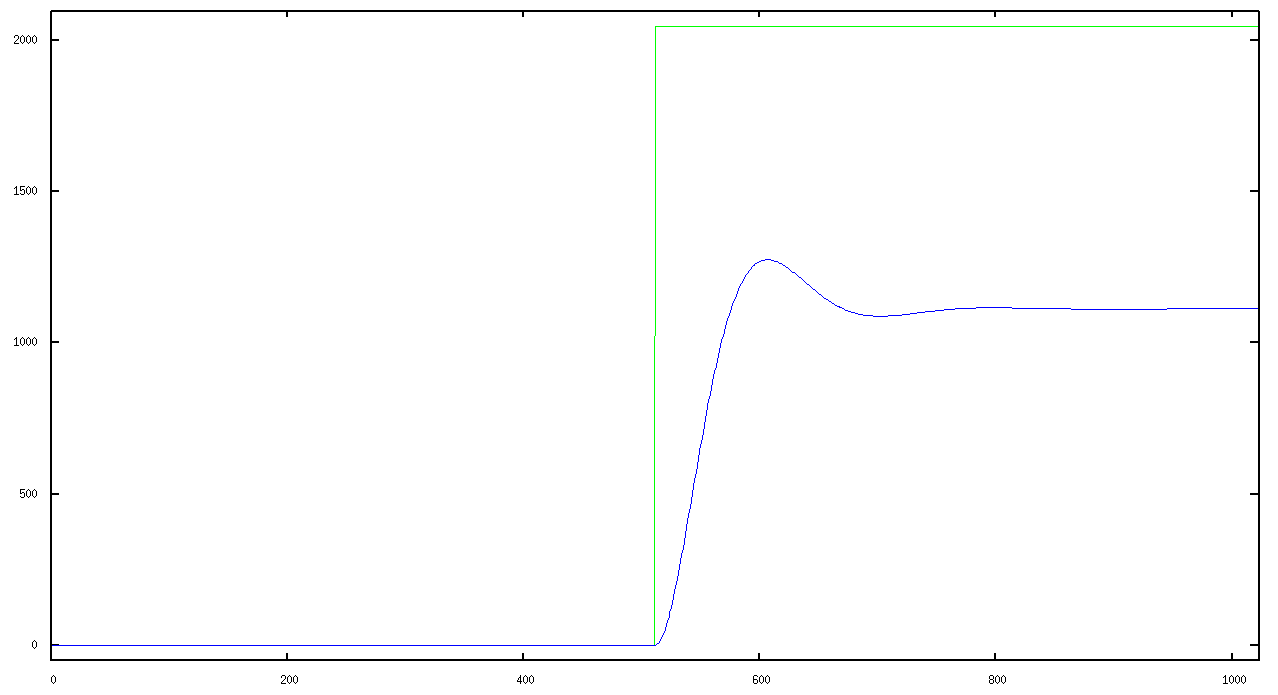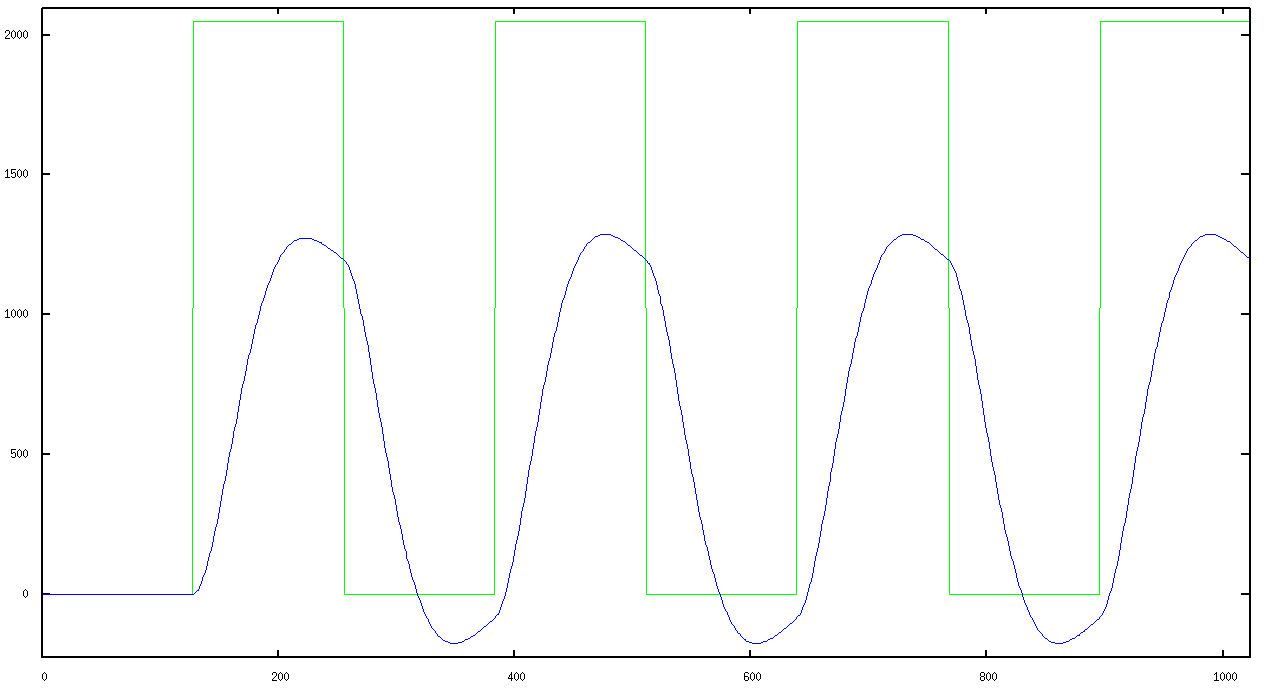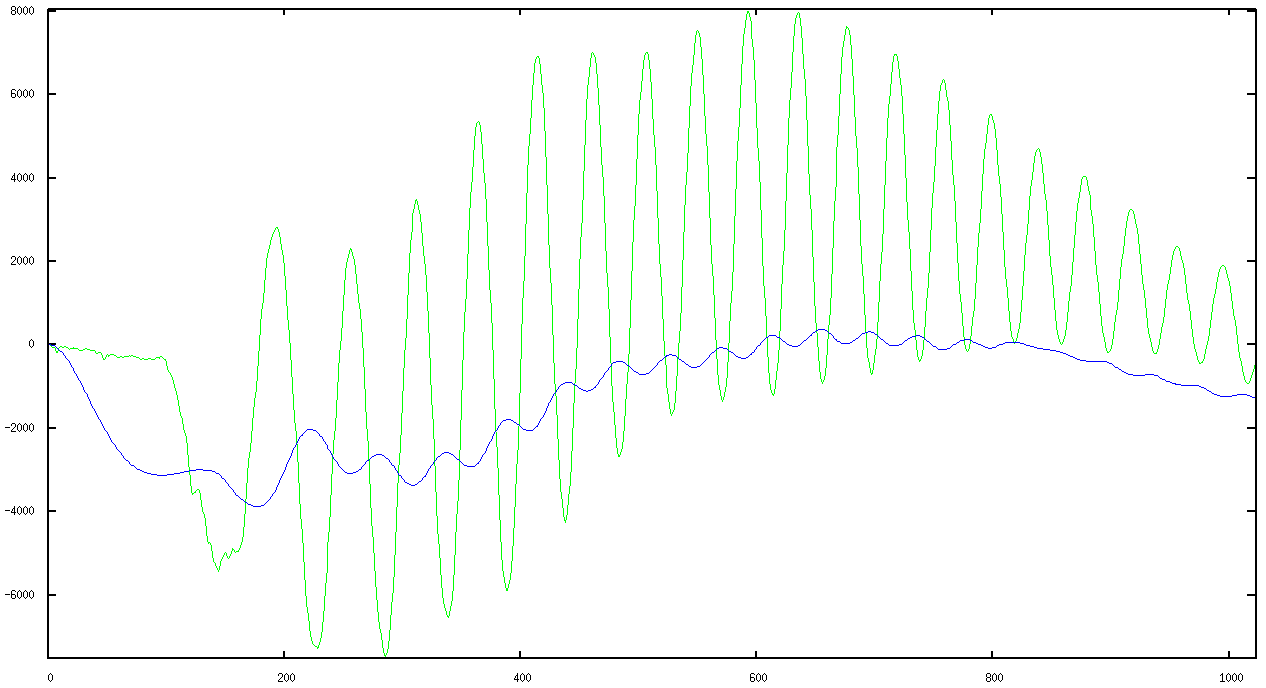This small virtual testbench is for testing digital filter designs and other DSP functions.
The VirtualDSPtestbench contains a C-based signal generator whose behavior is selectable from the command line via
uvm_set_config_int. One of the functions includes a C-based file read, values from which are brought into a sequence as part of the testbench stimulus. So you can sing into EDA playground and filter it and write it back out to GNUplot or to a wav file. That's why I call it a "virtual" DSP testbench as it's in lieu of having the design in physical hardware. And like a physical bench with test equipment, it's designed so that one can drop in a DSP type DUT with minimal effort and and apply a standard array of stimuli to it: impulse, step, square, sinusoid, sinusoid sweep, random, and data streams of your own choosing.
The input stimulus uses signed values, so the design uses signed values as well.
|
I'm going to need a lot of these multipliers ➞ So there is also a Perl script for turning values like "-0.0014567" into Verilog multiplier components suitable for use in fixed-point signed arithmetic implementations. | 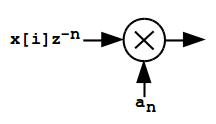 |
This is just in the beginning stage. The most recent testbench is on EDAplayground here:

